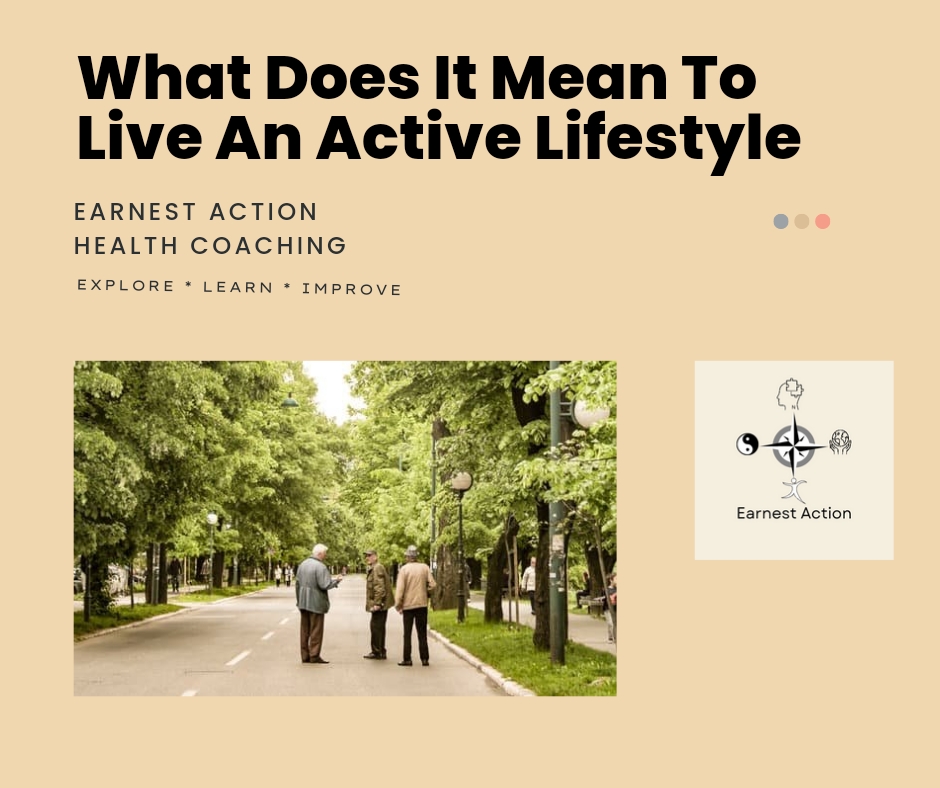For those of you reading this and not currently participating in regular exercise, consider consulting a physician for a medical clearance if you show any signs of cardio vascular disease, metabolic, or renal disease. Your doctor will be thrilled you are interested in being more active and will give you the best guidelines to follow based on your situation.

It’s never too late to start exercising, Harvard Health Publishing,
June 1, 2019,
https://www.health.harvard.edu/staying-healthy/its-never-too-late-to-start-exercising, states: “An observational study published online March 8, 2019, by JAMA Network Open links exercise to a lower risk for an early death, even if you wait until middle age to start a regular routine. Researchers analyzed health and exercise surveys from 315,000 older adults in the 1990s, then followed up to see who was still alive in 2011. Compared with people who never exercised, older adults who’d exercised consistently since they were teenagers had a 36% lower risk of dying during the study period. Those numbers were similar to the results for people who’d been inactive in their youth and only began exercising regularly in their 40s, 50s, and 60s. That group had a 35% lower risk of dying, compared with people who never exercised.”. I lost my fitness during my 30’s and 40’s because of injuries. I attribute my health in returning to exercise in my very late 40’s.
Let’s talk about this in terms of minutes per week. About 40 minutes each day of moderate activity beyond the basic daily living tasks. That’s right the trip from the couch to the kitchen for a snack does not count. Maybe you are saying, “Where can I find the time?”. The answer depends on how highly you value the benefits. Would you like to:
- increase you feelings of well-being?
- perform better at work, a recreational sport, a hobby?
- decrease your chances of falling and injuring yourself?
- be more independent as you age?
- increase your cardiovascular and respiratory function?
- decrease anxiety and depression, coronary artery disease risk factors?
Saying yes to these means you may be ready to make a change to being more active. Start small and as you master one change and you are ready make another. Here are some steps you might want to consider.
- Watch TV? Walk in place at each commercial each night.
- Are you able to get up 20 minutes early? Get dressed. Walk outside if you can for 10 minutes or in your house or dance.
- Already exercising daily? Add 10 additional minutes.
- Able to walk at lunch time? Do it.
Physical Activity Level | Moderate Intensity Minutes Per Week | Summary of Overall Health Benefits | Lifestyle Application |
|---|---|---|---|
Inactive | No activity beyond baseline | None | Being inactive is unhealthy |
Insufficiently Active | Above baseline and less than 150 minutes per week | None | Lower levels of activity are preferable to inactive lifestyle. |
Active | 150 – 300 minutes per week | Substantial | More benefits at higher level |
Highly Active | greater than 300 minutes per week | Additional | No identifiable upper limit of activity above which there are no additional benefits. |
Department of Health and Human Services (2018) Physical Activity Guidelines for Americans (https://health.gov/our-work/nutrition-physical-activity/physical-activity-guidelines)
Move your way. (https://www.health.gov/PAGuidelines/)
Please leave a comment below. let me know if you want more information about a topic.

